I've searched the Internet and maybe I'm missing some correct keywords but I managed to find nothing like this. I only found the poly-lines (or just the lines) which are not exactly the graphs. I would like to generate a graph outline (of radius r) as seen in the picture. Is there something already available? I would like to avoid reinventing the wheel so to speak.

If anyone can at hint me at something or at least at some basic principle how to do it it would be great. Otherwise I'll "invent" one on my own of course.
Optimally in C#.
Update: I need to calculate outline polygon, not just visually draw it. The green points represents the resulting polygon. Also the "inner" holes are ignored completely. Only one outline polygon should be enough.
Update 2: Better picture to show some more extreme cases. Also the edges of graph never overlap so no need to accommodate for that.
Update 3: Picture updated yet again to reflect the bevel joins.